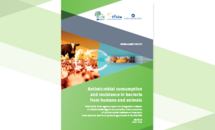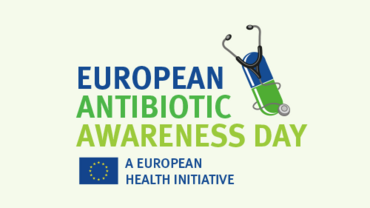JIACRA III - Antimicrobial consumption and resistance in bacteria from humans and animals
Third joint inter-agency report on integrated analysis of antimicrobial agent consumption and occurrence of antimicrobial resistance in bacteria from humans and food-producing animals in the EU/EEA, JIACRA III
2016–2018.
Executive Summary
This report was produced as a collaboration between the European Centre for Disease Prevention and Control (ECDC), the European Food Safety Authority (EFSA) and the European Medicines Agency (EMA). It is the third joint inter-agency report on integrated analysis of antimicrobial agent consumption and occurrence of antimicrobial resistance in bacteria from humans and food-producing animals (JIACRA), prepared by the three agencies at the request of the European Commission (EC). Antimicrobial resistance (AMR) constitutes a significant public health problem in Europe as well as in other parts of the world, representing a serious social and economic burden and a threat to animal health and production. The main driver behind AMR is antimicrobial consumption (AMC), in both humans and food-producing animals. Recognising that human and animal health are interconnected, this report is based on a ‘One-Health’ approach.
Aim and scope of the report
This report provides an integrated analysis of possible relationships between AMC in humans and food-producing animals and the occurrence of AMR in bacteria from humans and food-producing animals.
Download








